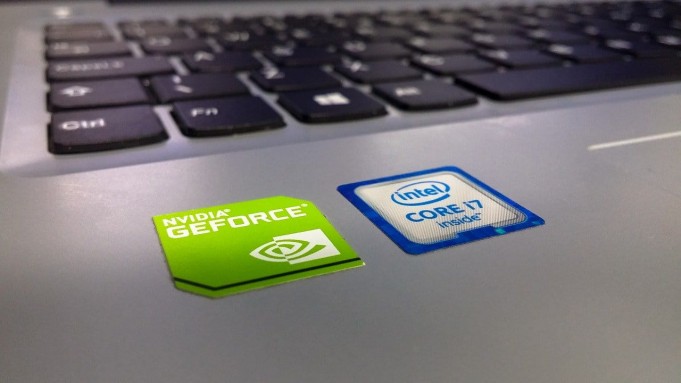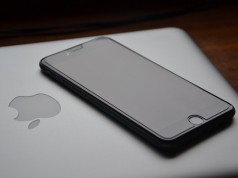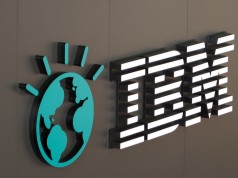The Story Behind the Success of Intel
Robert Noyce, Gordon E. Moore, Max Palevsky, and Arthur Rock in California founded Intel, primarily a semiconductor manufacturer, in 1968. Noyce and Moore were semiconductor pioneers. The founders decided to name the company Moore Noyce with an initial investment of $2.5 million but later opted for Intel, which is an acronym for Integrated Electronics. The company had to buy the brand name from an Intelco hotel chain. The company’s primary product is an integrated, digital technology platform consisting of a microprocessor and chips. In addition to the integrated digital technology platform, Intel also manufactures motherboard chipsets, integrated circuits, graphic chips, and numerous other communications and computing products. In this article, we discuss the story behind the success of intel.
During the commencing period, Intel’s business was focused more on DRAM, but the profits continued to decline as Japanese manufacturers’ rivalry increased. Sensing a potential opportunity with IBM’s popularity, the company turned its focus to microprocessors. Intel agreed to go public just two years after its establishment and completed its initial public offering at $23.50 per share, raising it to $6.8 million. The move to concentrate on microprocessors proved fruitful as the firm started at the prosperous decade of growth and market dominance.
Core Microarchitecture
Intel’s dream ended in the late 1990s when microprocessor demands deteriorated. Intel, however, launched Core Microarchitecture in 2007, which received worldwide appraisals and began the road to the top once again.
Intel acquired computer security hardware manufacturers McAfee in August 2010. In the same year, Intel acquired the Infineon Technologies Wireless Solutions business. Intel expanded its activities in Cairo a year later by acquiring SysDSoft.
Partnership With ZTE Corporations
In February 2011, Intel announced plans to build a new fabrication facility by 2013 in Chandler, Arizona. On a pilot project to manufacture smartphones, Intel began a partnership with ZTE Corporations the same year.
Ingredient Marketing
The idea of ingredient marketing was new, and it was followed by only one other producer. However, Ingredient marketing of its chipsets pushed the company towards success among desktop and laptop consumers and thereby expanded its market demand.
Desktop Microprocessors
Intel is also the world’s biggest chipmaker. However, Intel had a 79.3% market share of Desktop microprocessors and a market share of 84.4% of mobile Desktop microprocessors as of 2011. Being ranked by Millward Brown Optimor as one of the most desirable brands in the world, the brand of the company now stands at number 61 as of 2013.
Intel’s Performance
Intel has excelled in technical advances and developed a relatively healthy profit. However, it has managed to strike a chord with general consumers despite being a fully advanced technology company. This resulted in word-of-mouth development, good margins for selling the goods, as well as trust in the product from the sellers and buyers. Consequently, the products and the subsequent durability of the products are the key reason for Intel’s performance. It is now a well-known brand among industries and layman consumers alike.
Conclusion
Intel is one of the biggest chip makers in the world and is enhancing its market capitalization by bringing new products in the market.









